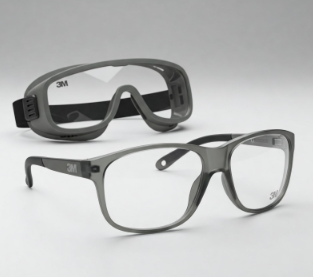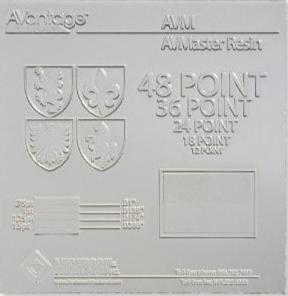Flexo printers face an array of challenges, including enhancing print quality, minimizing make-ready times, and reducing waste. One solution to these challenges is flexo press fingerprinting—a process that ensures consistency and precision. Let’s explore what it involves, its benefits, and best practices for implementation.
What is Flexo Press Fingerprinting?
Flexo press fingerprinting is the process of determining a press’s printability and establishing baseline data for dot gain, text clarity, and line sharpness. A successful fingerprinting run often results in a dot gain compensation curve (DGC), allowing tone values in print to align with industry standards.
Why Is Flexo Press Fingerprinting Important?
1. Improved Consistency: Establishes predictable printing conditions.
2. Enhanced Productivity: Reduces trial-and-error during setup.
3. Higher Quality Prints: Ensures density and dot reproduction match desired standards.
Without fingerprinting, press operators risk significant time and material waste trying to achieve optimal results.
Tangible Benefits of Flexo Press Fingerprinting
Fingerprinting delivers valuable data, such as:
- Verification of density standards using real-world materials.
- Creation of a press curve or DGC to maintain consistent output.
- Identifying necessary adjustments due to substrate, ink, or equipment changes.
Best Practices for Flexo Press Fingerprinting
1. Preparation Is Key
- Conduct banded anilox trials.
- Use clean Anilox rolls, new doctor blades, and fresh sticky back.
- Ensure proper surface tension for substrates.
2. Collaborative Approach
- Involve press operators, ink suppliers, and plate manufacturers.
3. Document Everything
- Record settings, materials, and environmental conditions during the fingerprint run.
4. Run at Production Speed
- Testing at actual operating speeds ensures realistic results.
When to Redo Flexo Press Fingerprinting
Press fingerprinting should be revisited whenever variables such as substrate, ink, or equipment change. Additionally, production jobs should include density targets to monitor consistency over time.
Common Mistakes to Avoid
- Skipping preparation steps.
- Running tests at slower-than-production speeds.
- Failing to include key stakeholders in the process.
How Long Does the Process Take?
The time required for flexo press fingerprinting depends on press size and complexity. A narrow-web press may take 2-3 hours, while a wide-web press could require a full day. Streamlining the process requires thorough preparation and collaboration.
Partner with the Experts
Contact Anderson & Vreeland for guidance on flexo press fingerprinting and other pressroom essentials. Let’s optimize your print operations together.


